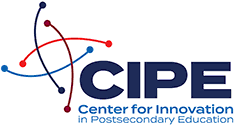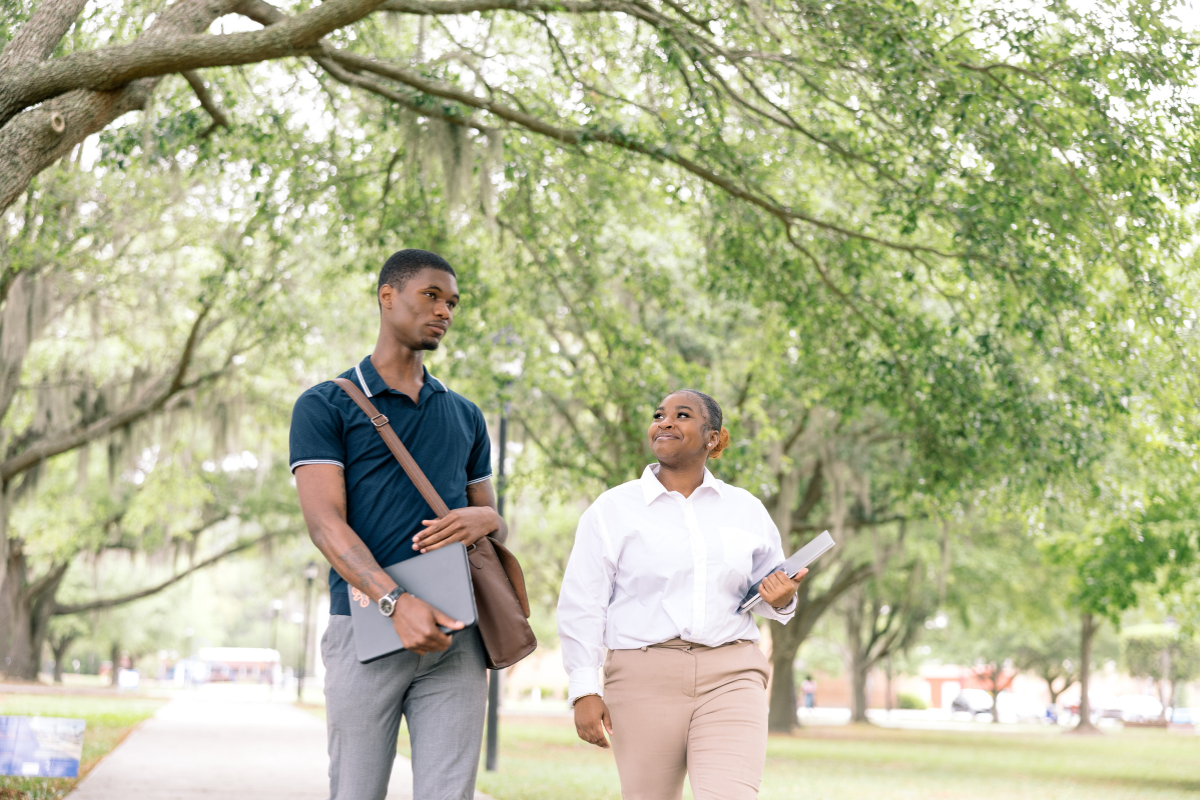For more than a decade, three HBCUs have treated digital learning as not just a tech upgrade but as a way to widen the academic gateway. A new case study that revisits Claflin University, Fayetteville State University, and Morehouse College ten years after the launch of pilot projects shows how the schools have used digital learning as part of student‑centered ecosystems. The report documents a jump in engagement and access through consistent focus on inclusive teaching practices, data‑rich support systems, and leadership committed to continuous improvement.
How Three HBCUs Drive Student Success Through Digital Learning and Innovation was written by the Center for Innovation in Postsecondary Education (CIPE), in partnership with Every Learner Everywhere. The authors examined archival data to understand the successful institutional transformation and increased engagement and access that has occurred through the adoption of digital learning technologies at three HBCUs. The core of the case study outlines notable programmatic and structural changes and barriers faced at each college.
The case study distills three top findings:
- Over the past ten years, a successful institutional transformation has occurred through the adoption of digital learning technologies and practices, resulting in increased engagement and access.
- Each institution’s consistent approach to student-centered strategies has led to inclusive and targeted support systems, improving learning outcomes for underrepresented students.
- Leadership was pivotal in driving digital learning initiatives and fostering innovation and continuous improvement.
Student success in digital learning in action
The case study shows how purpose‑built programs, data‑rich platforms, and student‑centered design can remove barriers and accelerate success for underserved learners.
For example, the six‑week virtual Morehouse Academic Accelerator Program (MAAP) allows first‑time students to earn 3–11 credits for $3,500 before their first semester, eliminating travel costs and speeding degree progress. Coursework is delivered in Blackboard Ultra, with Starfish tracking progress and triggering just‑in‑time interventions.
A Digital Textbook Initiative at Fayetteville State University ensures every student has required materials on accessible platforms from the first day of class. Faculty training in universal‑design principles keeps content inclusive, while early alerts flow through Bronco Navigate. Canvas, Adobe Creative Cloud, and adaptive‑learning courseware support engagement in high‑risk gateway courses.
Claflin University replaced traditional faculty advising with professional success coaches who use an early‑alert dashboard to reach at‑risk students. Their toolkit includes TutorTrack for alerts, Upswing for on‑demand tutoring, and adaptive courseware such as AKTIV Chemistry and Hawkes Learning, all aimed at boosting access, engagement, and retention.
Structural shifts that make scale possible
In addition to innovative programs, the case study also looked at policy adjustments and space redesigns that ensure digital learning supports students.
- Morehouse College uses Accommodate software to streamline disability accommodations.
- Fayetteville State University consolidated enrollment, advising, and support behind a single front door called Bronco One Stop.
- Claflin University renovated libraries and other dedicated study spaces to integrate active learning technologies and is exploring ways to create 24/7 access to those spaces.
Broadening access through emerging digital technology
Hardware access remains the foundation; layered on top, VR and other emerging tools are pushing the boundaries of culturally responsive, place‑independent learning.
- At Morehouse, 15 virtual reality courses let students experience immersive labs, and donated headsets keep them accessible.
- Fayetteville State backs a freshman laptop guarantee and a campus‑wide loaner program so no student is locked out of coursework.
- Claflin used post‑COVID funding to equip classrooms for synchronous hybrid sessions and to provide devices and connectivity to students who need them.
Common hurdles and how the HBCUs responded
How Three HBCUs Drive Student Success Through Digital Learning and Innovation also details the barriers these three institutions faced while implementing digital learning to support student success. Those include:
- Technology integration pains when new tools conflict with legacy systems.
- Digital preparedness gaps for first‑generation, rural, and low‑income students.
- Cross‑department coordination to keep academic, IT, and student‑affairs teams moving in sync.
The case study details how the institutions dealt with those challenges, such as pre-enrollment programs, laptop loaner programs, and redesigning student centers and other support services. It goes on to recommend six steps to mitigate these issues from evaluating to planning to monitoring.
The full case study offers detailed methodology, interview insights, and profiles of many other inspiring digitally enabled student success initiatives.
Download How Three HBCUs Drive Student Success Through Digital Learning and Innovation


